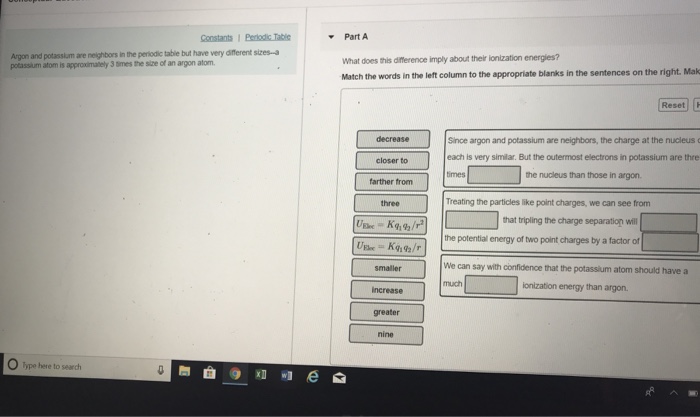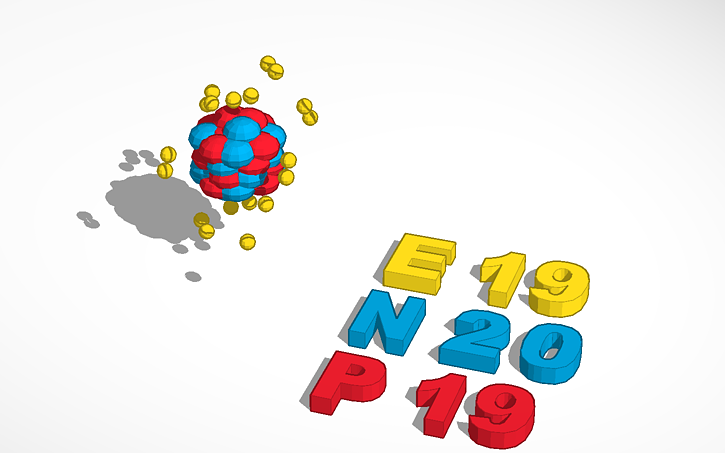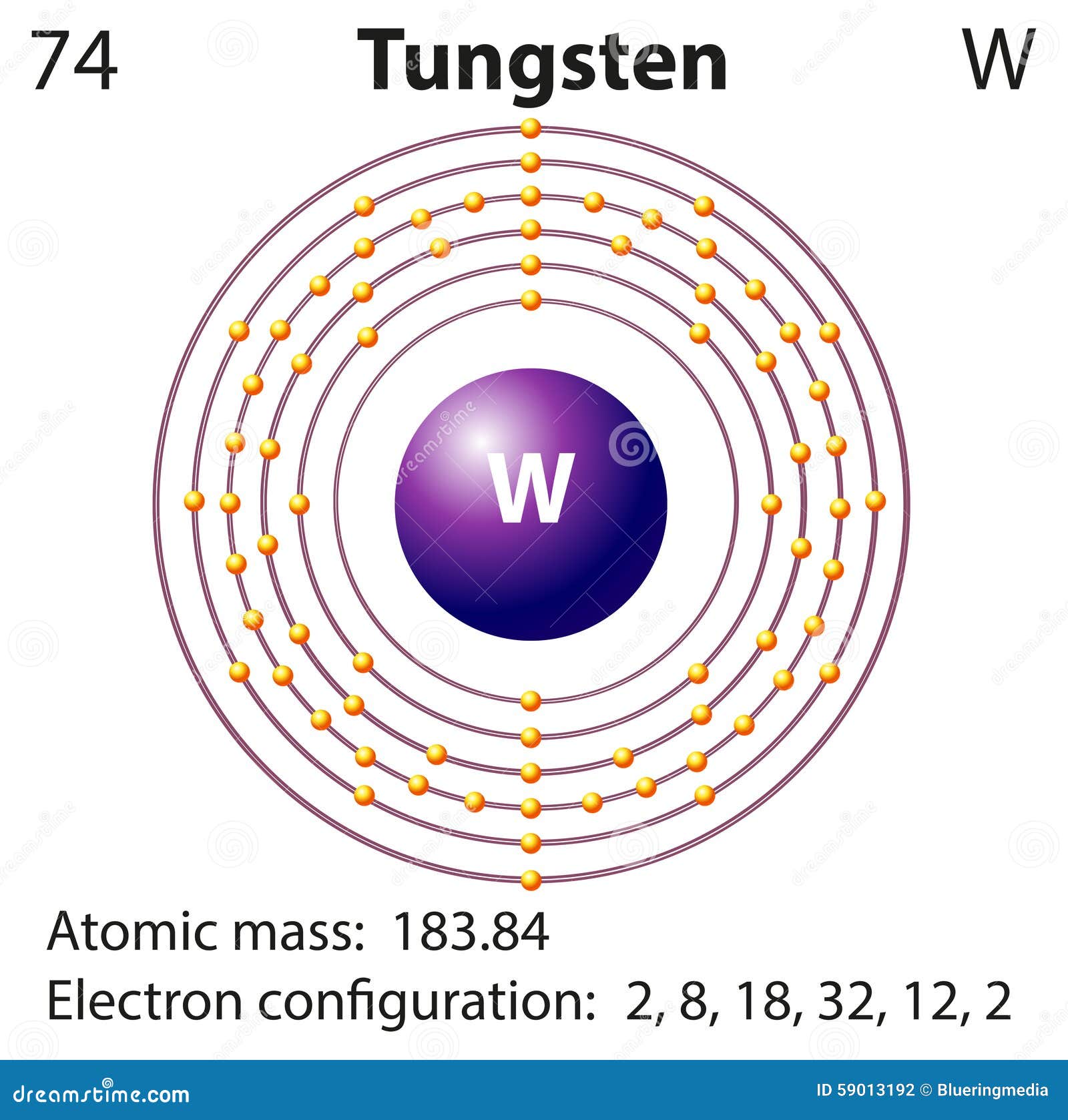The Element Potassium
- Name: Potassium Symbol: K Atomic Number: 19 Atomic Mass: 39.0983 amu Melting Point: 63.65 °C (336.8 K, 146.57 °F) Boiling Point: 774.0 °C (1047.15 K, 1425.2 °F) Number of Protons/Electrons: 19 Number of Neutrons: 20 Classification: Alkali Metal Crystal Structure: Cubic Density @ 293 K: 0.862 g/cm 3 Color: silvery Atomic Structure.
- Potassium crystallizes with the body-centered unit cell. The radius of a potassium atom is 227 pm? Yahoo Answers Yahoo Answers is shutting down on May 4th, 2021 (Eastern Time) and beginning April.
[Click for Isotope Data]
The type of chemical bond that holds together the potassium and chlorine atoms in a potassium chloride molecule is an ionic bond. The electronegative chlorine atom accepts the 4s electron belonging to the potassium atom and an ionic attraction arises between the resulting K + and the Cl – ions. A potassium atom loses 1 electron to for a K+ ion (single +), and a sulphur atom gains 2 to form S2.
Atomic Number: 19

Atomic Weight: 39.0983

Melting Point: 336.53 K (63.38°C or 146.08°F)
Boiling Point: 1032 K (759°C or 1398°F)
Density: 0.89 grams per cubic centimeter
Phase at Room Temperature: Solid
Element Classification: Metal
Period Number: 4
Group Number: 1
Group Name: Alkali Metal
Potassium Atom Model
What's in a name? From the English word potash. Potassium's chemical symbol comes from the Latin word for alkali, kalium.
Say what? Potassium is pronounced as poh-TASS-ee-em.
History and Uses:
Although potassium is the eighth most abundant element on earth and comprises about 2.1% of the earth's crust, it is a very reactive element and is never found free in nature. Metallic potassium was first isolated by Sir Humphry Davy in 1807 through the electrolysis of molten caustic potash (KOH). A few months after discovering potassium, Davy used the same method to isolate sodium. Potassium can be obtained from the minerals sylvite (KCl), carnallite (KCl·MgCl2·6H2O), langbeinite (K2Mg2(SO4)3) and polyhalite (K2Ca2Mg(SO4)4·2H2O). These minerals are often found in ancient lake and sea beds. Caustic potash, another important source of potassium, is primarily mined in Germany, New Mexico, California and Utah.
Pure potassium is a soft, waxy metal that can be easily cut with a knife. It reacts with oxygen to form potassium superoxide (KO2) and with water to form potassium hydroxide (KOH), hydrogen gas and heat. Enough heat is produced to ignite the hydrogen gas. To prevent it from reacting with the oxygen and water in the air, samples of metallic potassium are usually stored submerged in mineral oil.
Potassium forms an alloy with sodium (NaK) that is used as a heat transfer medium in some types of nuclear reactors.
Potassium forms many important compounds. Potassium chloride (KCl) is the most common potassium compound. It is used in fertilizers, as a salt substitute and to produce other chemicals. Potassium hydroxide (KOH) is used to make soaps, detergents and drain cleaners. Potassium carbonate (KHCO3), also known as pearl ash, is used to make some types of glass and soaps and is obtained commercially as a byproduct of the production of ammonia. Potassium superoxide (KO2) can create oxygen from water vapor (H2O) and carbon dioxide (CO2) through the following reaction: 2KO2 + H2O + 2CO2 => 2KHCO3 + O2. It is used in respiratory equipment and is produced by burning potassium metal in dry air. Potassium nitrate (KNO3), also known as saltpeter or nitre, is used in fertilizers, match heads and pyrotechnics.

Estimated Crustal Abundance: 2.09×104 milligrams per kilogram
Potassium Atom Pic
Estimated Oceanic Abundance: 3.99×102 milligrams per liter Davicom driver download.
Number of Stable Isotopes: 2 (View all isotope data)
Ionization Energy: 4.341 eV
Potassium Atomic Number
Oxidation States: +1


Electron Shell Configuration: | 1s2 |
2s2 2p6 | |
3s2 3p6 | |
4s1 |
Potassium Atomic Wt
For questions about this page, please contact Steve Gagnon.
